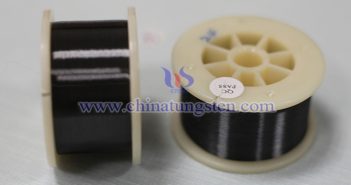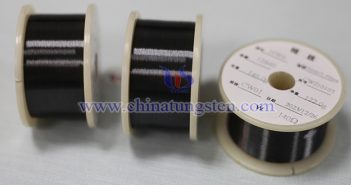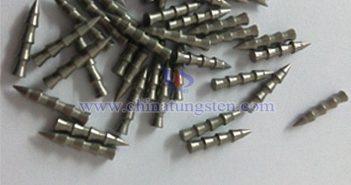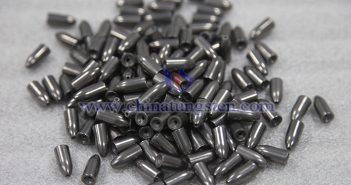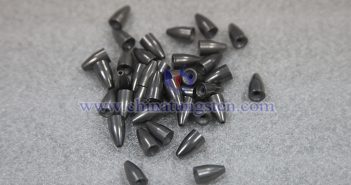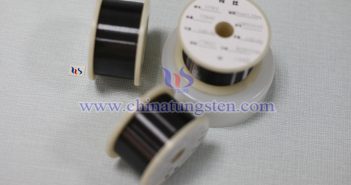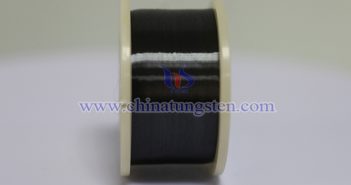
Tungsten wire is often used in glass heating environments due to its high melting point (about 3422℃), high strength and good conductivity, especially in high temperature processes such as glass melting, molding or annealing. The following are the key characteristics and requirements of tungsten wire in the use environment of glass heating: 1. Use Environment Characteristics High temperature environment: Glass processing usually requires temperatures above 1000℃ to 2000℃, and tungsten wire can withstand such extreme high temperatures without melting or…


